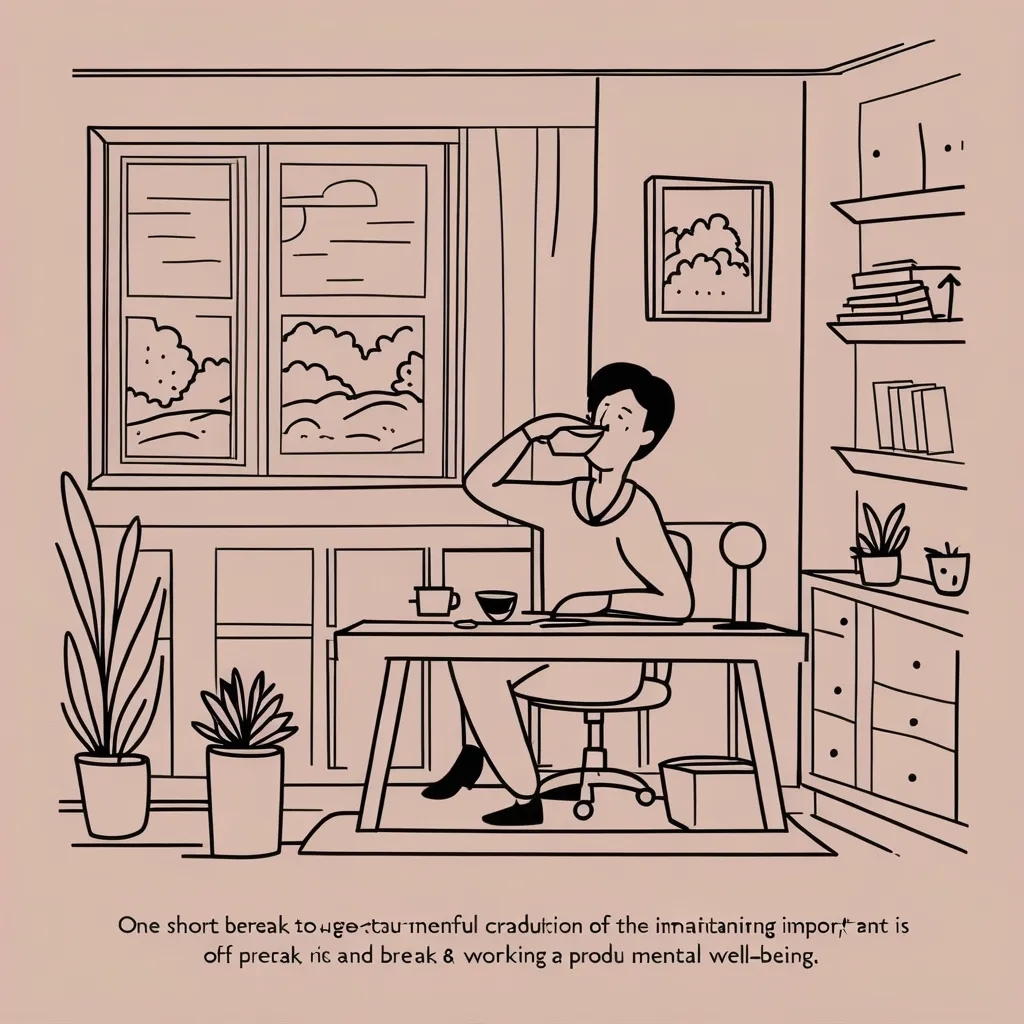Imagine this: you’ve got a massive project looming over you, and you’re unsure where to even begin. Sound familiar? We’ve all been there, facing that intimidating mountain of work that seems impossible to climb. But guess what? There’s a nifty little strategy that can make that mountain feel more like a series of small hills. It’s called breaking down tasks into manageable chunks, and it’s pretty much a game-changer for productivity and stress reduction. Let’s dive into how you can apply this magic trick to your daunting projects.
Before anything else, let’s get a clear picture of what needs to be done. Understand your task inside out. What’s the end goal? Gather all the info you’ll need and clarify any doubts. Like, if it’s a report, figure out what sections it should include, what research you’ll need, and any specific formatting requirements. It’s like forming a mental map before you set off on your journey.
Now, think of milestones as those pit stops on your road trip. Break your big task into these smaller, manageable subprojects. Let’s say you’re writing a research paper. Your milestones might be researching, outlining, drafting, revising, and proofreading. Each one of these is a significant checkpoint towards your final destination.
After setting those milestones, it’s time to break them down even further. Get into the nitty-gritty details. Jot down every single step you can think of. Instead of writing something vague like “work on research,” go for specific actions like “read chapter 3,” “take notes on article X,” or “meet with a librarian.” This specificity not only gives you a clear path but also prevents the overwhelm that comes with broad, undefined tasks.
Next, get those tasks in order. Some tasks naturally depend on others. For instance, you can’t start writing your report until you’ve finished your research. Arrange everything in a logical sequence, ensuring you’re not putting the cart before the horse.
Time estimation is your next best friend. Think about how much time each task will likely take. Overestimate if you must; it’s always better to have some buffer time. Remember, the goal is to avoid crunch time panic. Short work sessions, say between 25 and 90 minutes, are ideal. If a task feels too long, break it down even further.
Once you have your tasks and estimated times, it’s calendar time! Start from your project’s due date and work backward. Slot each task into your calendar with its own deadline. This visual timeline keeps you on track and makes it much harder to procrastinate.
Speaking of techniques, a couple of time-tested methods can really boost your productivity. Ever heard of backward planning? It’s where you start with your end goal and work backward to identify each necessary step. Or timeboxing, where you break your tasks into smaller chunks of time. Both can keep you focused and prevent burnout. For example, if you need to pen down a 3000-word report, break it into slots like “write 500 words” with breaks in between. It’s all about manageable bites.
Creating a timeline is like setting mini-deadlines within your big deadline. It gives you those small wins and ensures you’re steadily progressing. Maybe aim to complete all your research by Wednesday and have your thesis ready by Thursday. This way, you’re staying accountable and keeping procrastination at bay.
Don’t forget to give yourself some wiggle room. Allow extra time before the final deadline. Life happens—whether it’s an unexpected challenge or just a particularly busy day. This buffer ensures you’re not scrambling at the last minute and gives you some time for a final review, allowing your best work to shine.
It’s also beneficial to get others involved, especially if you’re guiding someone else through this process. Help them develop these skills by planning together. It teaches them time management and shows the thought process behind breaking down big tasks.
Maintaining momentum is vital. By focusing more on the individual tasks rather than the end goal, you ensure steady progress. For instance, instead of stressing over “I need to get a job,” zero in on “I need to apply to three jobs today.” This slice-by-slice approach makes the task seem less monstrous and more doable.
Procrastination loves to rear its head when tasks seem too huge. By shrinking them into little pieces, you steal its power. Tools like to-do lists and calendar apps become invaluable here. Highlight each day’s top-priority tasks to keep yourself on a productive path.
To bring this all together, let’s use an example. Say you’re working on a big report. Here’s how you can break it down:
- Grasp the project’s scope: Know what your report should cover and all its requirements.
- Set Milestones: Break it down into research, outline, draft, revision, and proofreading stages.
- Drilling into Specific Tasks:
- Research: Meet with the professor, consult the librarian, read and take notes.
- Outline: Draft an outline, discuss it with a writing assistant.
- First Draft: Write the introduction, develop argument A, develop argument B, and conclude.
- Revision: Revise with the assistant, proofread, and check formatting.
- Organize these tasks in the right sequence to ensure nothing’s out of order.
- Estimate time and place them on your calendar with deadlines.
- Use backward planning and timeboxing to maintain focus and prevent burnout.
By following these steps, even the most daunting project becomes a series of achievable tasks, helping you stay on track and ultimately hit your goals. It’s all about making that mountain climb feel like a pleasant hike.
Breaking down large tasks into smaller, manageable chunks is a simple yet powerful strategy for ramping up productivity and reducing stress. With defined milestones, well-organized tasks, accurate time estimation, and using proven time management techniques, you can feel more in control and less overwhelmed. Remember to involve others if needed and always give yourself a little extra time to deal with the unexpected. These strategies transform even the most complex projects into something you can tackle, one small bite at a time.






